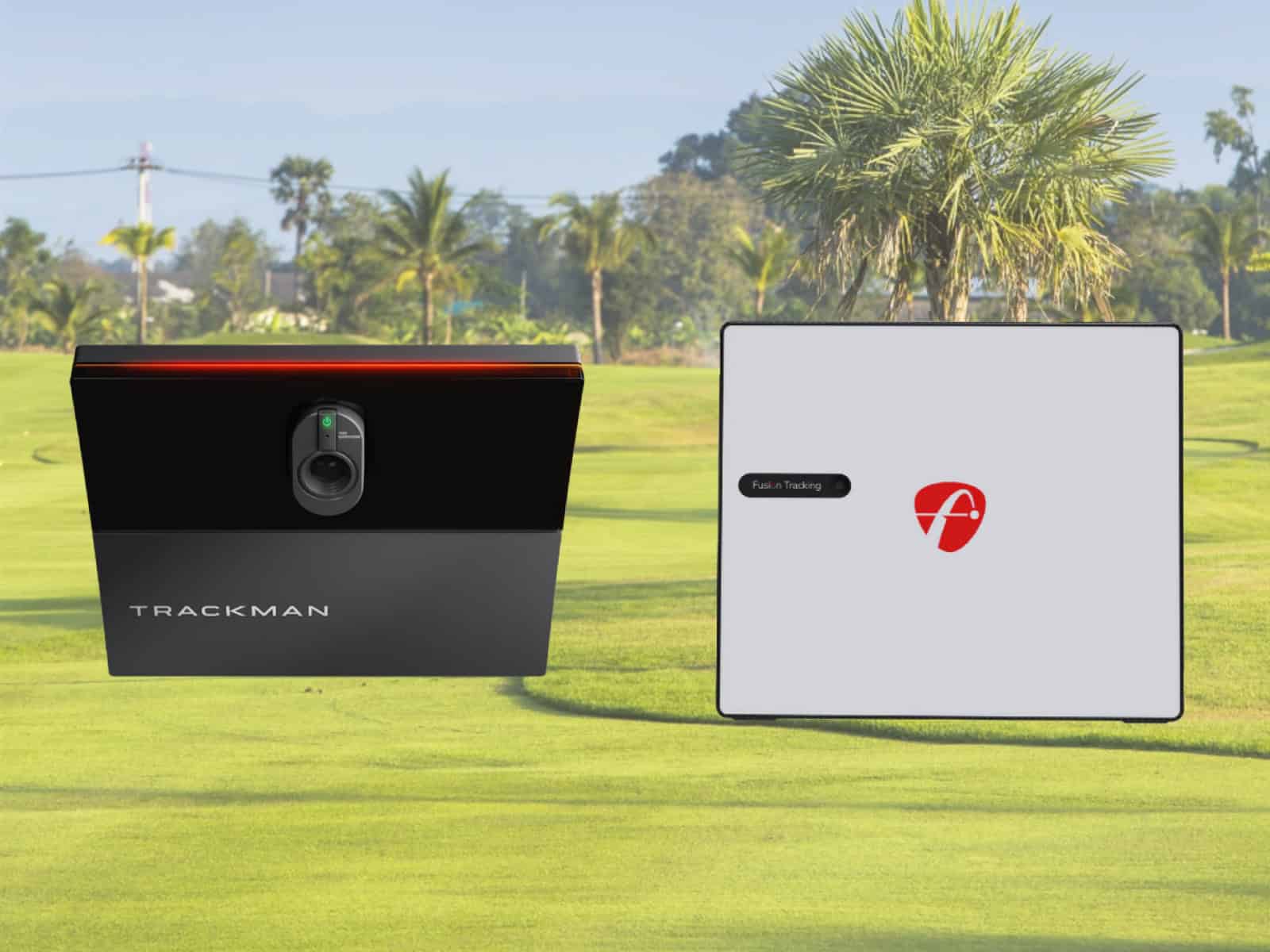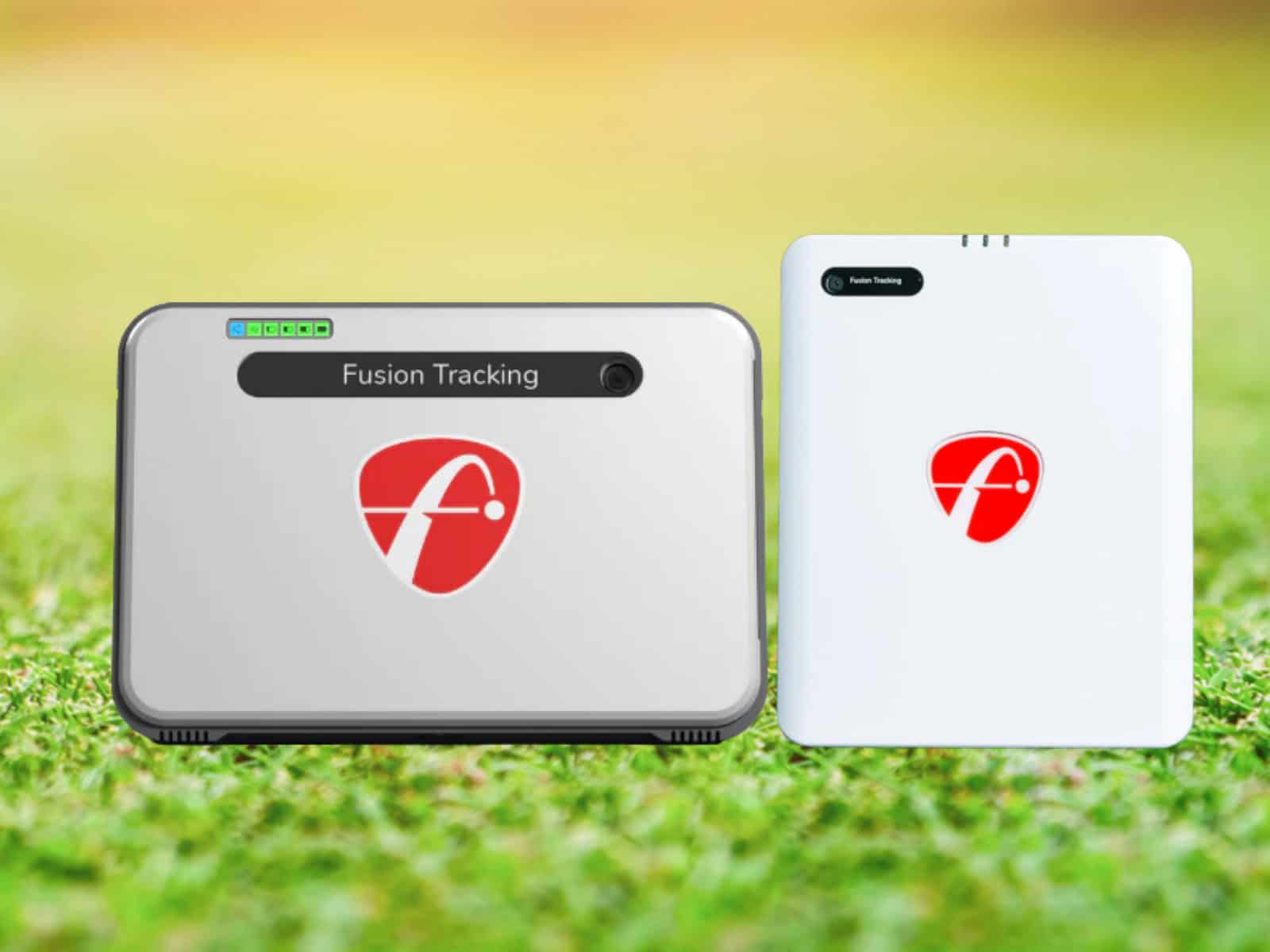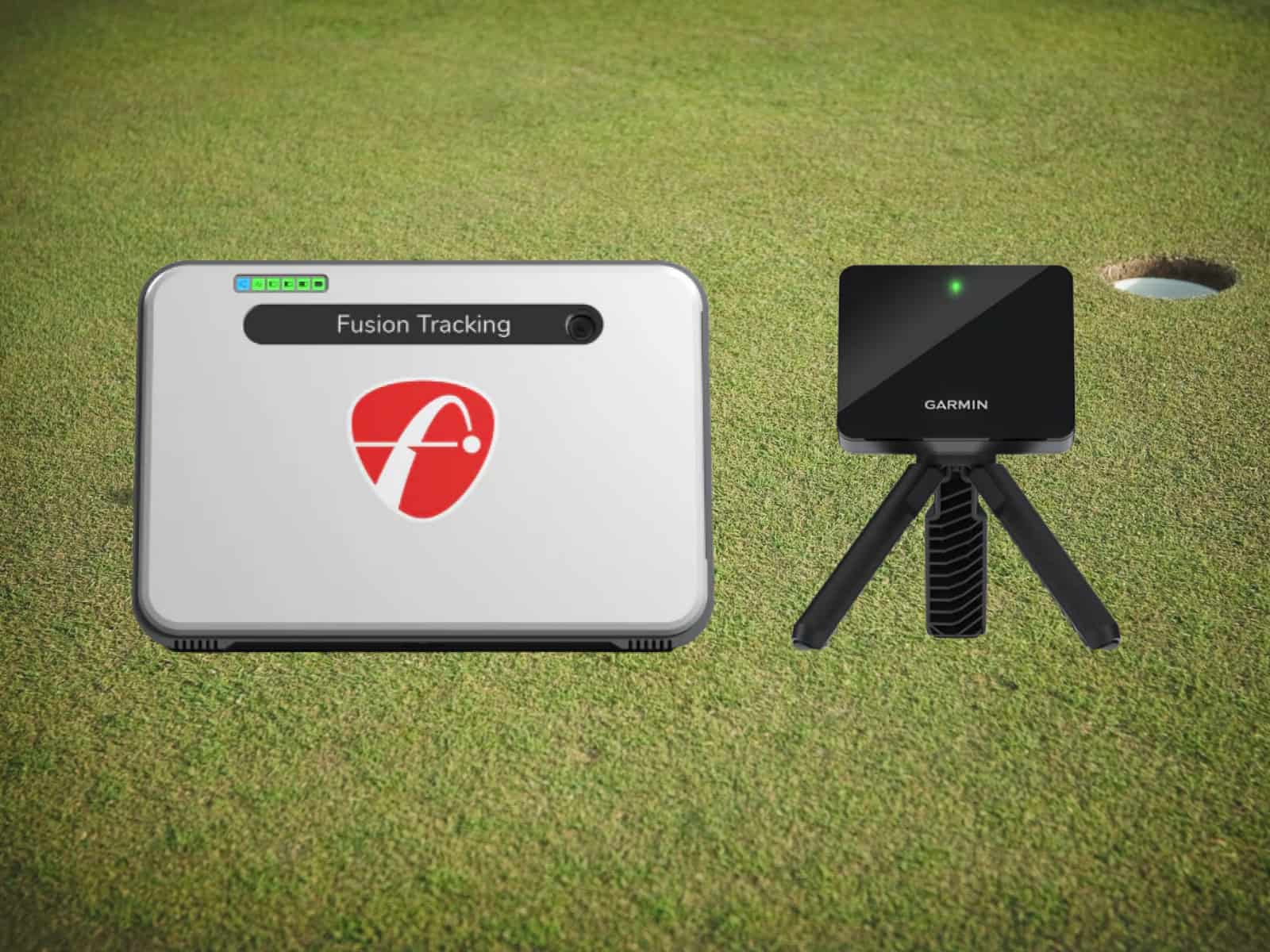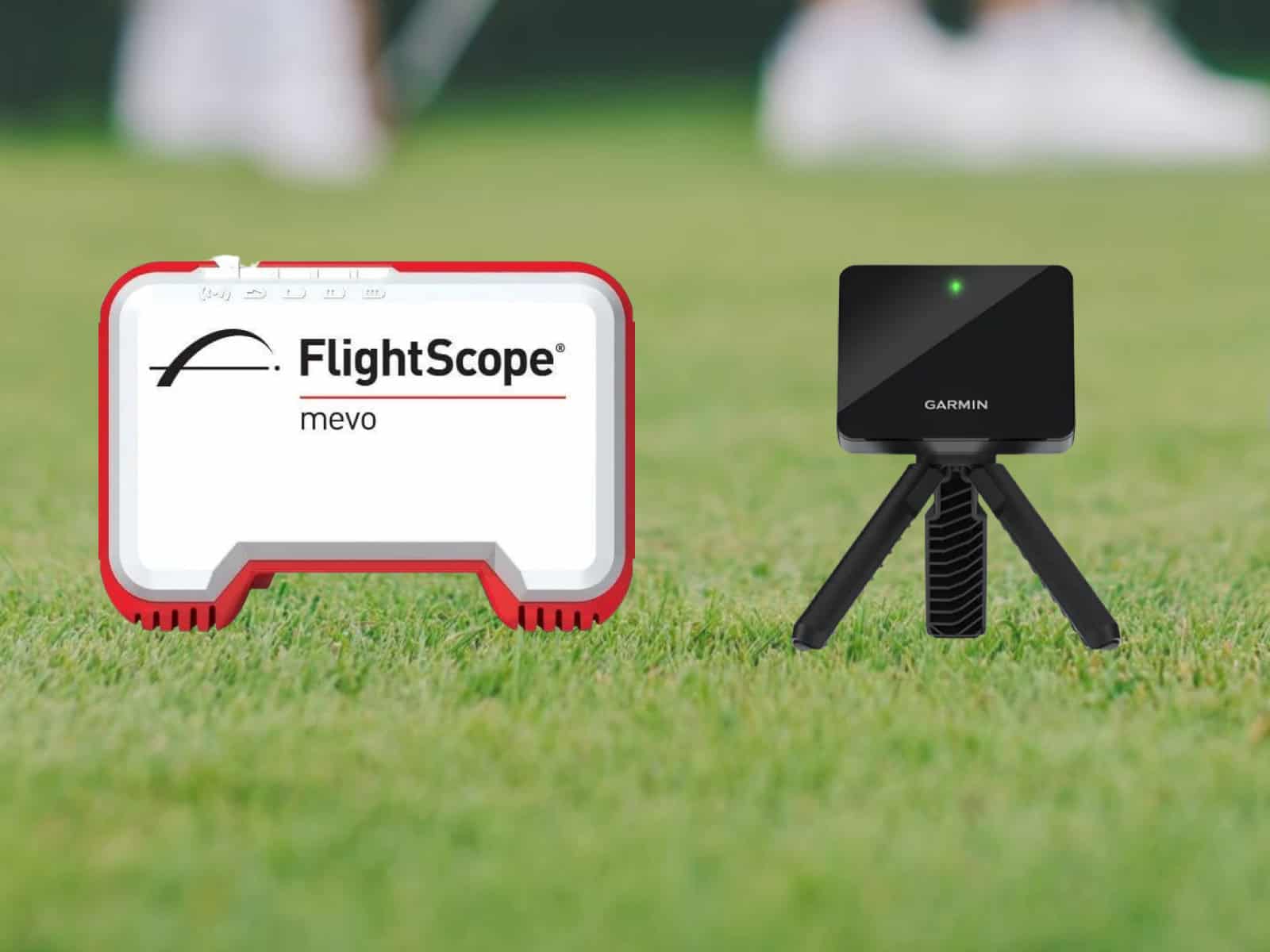Golfers love numbers. Swing speed, launch angle, spin rate—each data point feels like a secret to unlocking consistency. That’s where high-end launch monitors like the FlightScope X3C and Trackman 4 come in. They turn every swing into a clear picture of performance.
Both monitors promise pinpoint accuracy and pro-level analysis. One costs less and skips the subscription game. The other sits at the top of the mountain for pure precision. Choosing between them isn’t just about tech; it’s about how, where and why you play.
This guide dives into the facts behind each system. You’ll see how they stack up in accuracy, build quality, software ecosystem, and price, and which delivers the most value for your setup.
FlightScope X3C vs Trackman: Quick Comparison
When comparing the FlightScope X3C and TrackMan 4, the question is which fits your goals. Both measure club and ball data with exceptional accuracy but use different technologies to get there.

The X3C combines 3D Doppler radar with synchronized image processing, delivering face-impact visuals, short-game precision and rich data without subscriptions. The TrackMan 4, using dual radar systems, remains the Tour benchmark for full-flight tracking and unmatched consistency.
Pricing is a key divider: TrackMan starts around $21,995 plus annual fees, while the X3C costs about $13,500 (down from $14,995) with free software updates.
Outdoors, TrackMan leads in long-flight precision; indoors, the X3C’s camera-assisted tracking keeps readings steady when properly set up. Coaches value its portability and self-leveling, while studios favor TrackMan’s polished interface.
Core Technology and Data Capture
The X3C and Trackman 4 use different systems to measure the same thing: how the club and ball behave through impact. Both aim for absolute accuracy, but they get there in distinct ways.
FlightScope X3C: Fusion Tracking Innovation
The X3C combines 3D Doppler radar with synchronized image processing to capture full-swing data and visual confirmation. It measures spin rate, face impact and launch angle (a total of 50+ metrics), maintaining accuracy from drives to chips.
Its Environmental Optimizer adjusts for temperature, altitude and wind, letting you simulate any playing condition.
Trackman: Dual Radar Precision

Trackman’s dual radar system splits focus: one radar tracks the club, the other the ball for pure, reliable data. It reads over 40 parameters, including club path, spin axis and dynamic loft, favored by PGA Tour pros for its consistency. Indoors or out, its precision remains the gold standard for tracking every inch of your swing.
Real-World Accuracy: Indoor vs Outdoor
Numbers don’t lie, but environments can. The FlightScope X3C and Trackman 4 tell the truth about your swing, yet where you use them changes how clearly they can see it.
Outdoor Performance
Outdoors is where both shine brightest. Their radar systems have the space to track full flight from launch to landing. You’ll find their carry, spin and launch readings nearly identical, even on windy days.
Still, Trackman’s long-flight radar has the edge in open-air sessions. It tracks every inch of ball flight without guessing, which makes it the favorite on driving ranges and tour setups.
Indoor Performance
Inside a hitting bay, things tighten up. The X3C depends more on mat type, lighting and distance to net. When the setup is perfect, its accuracy stays sharp, but dim rooms or short spaces can skew short-game readings.
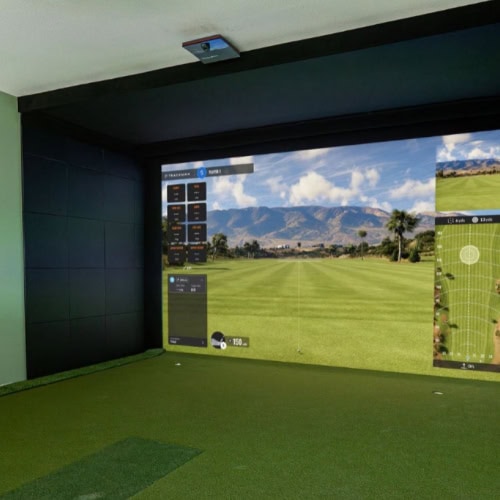
Trackman, on the other hand, stays steadier under these limits. Its dual radar captures club and ball separately, helping it hold accuracy even when flight distance is cut short.
If you practice indoors often, Trackman feels like having eyes that see through walls. But for most golfers, the X3C still reads plenty true, as long as you give it a fair view of the swing.
Design, Portability and Build Quality
The FlightScope X3C stands out with its carbon-fiber shell, a lightweight yet rugged build that handles constant transport without complaint. It’s designed for mobility; set it down, let its self-leveling system stabilize and you’re ready to swing within minutes. The smaller footprint makes it ideal for instructors or fitters who jump between ranges and indoor bays.
Trackman, by contrast, feels like a solid piece of studio gear. Its heavier body inspires confidence but limits mobility. It’s best when stationed in a fixed setup where durability outweighs convenience. The design screams professional use; it’s sleek, stable and perfectly tuned for high-traffic environments like academies or commercial simulators.
For many users, the difference comes down to lifestyle. If your game or business moves with you, the X3C travels light and works anywhere. If precision lives in one spot and appearance counts, Trackman’s polished form fits the bill. The real question is how often do you plan to pack it up?
Software Ecosystem and Simulation Support

The FlightScope X3C gives you freedom. Its software comes included, no hidden subscriptions or annual renewals. It links directly with E6 Connect, offering lifelike simulation, putting support and online play. The setup works cleanly on Windows, iPad and most major golf sim platforms. It’s flexible and future-proof, letting you add third-party integrations without a licensing headache.
Trackman, on the other hand, runs a premium ecosystem. Its software looks stunning, with deep analytics, video integration and the Trackman Virtual Golf simulator, arguably the best visual experience in golf tech. But it comes with a cost: about $1,100 per year for full access. You’re paying for constant updates, new courses and cloud-based storage that syncs across devices.
Both systems shine in data presentation. Trackman feels more polished and professional, with detailed visuals for elite coaching. FlightScope is more open-ended, perfect for instructors or golfers who like control over their setup.
Pricing and Value Comparison
The FlightScope X3C runs about $13,500 (Down from the usual $14,995), and that price includes everything you need to start: software, updates and support. There are no annual fees, which means what you pay upfront is what you keep.
For many golfers, that’s a breath of fresh air in a world full of subscriptions. It’s cost-efficient for coaches, fitters and serious players who want full data access without extra strings attached. To see if it’s worth the investment, check out our detailed FlightScope X3C review.

The Trackman 4, by contrast, starts around $21,995 and carries a yearly software subscription of about $1,100 for full simulator and analytics access. That premium cost goes toward its polish: superior visualization, deeper analytics and constant cloud updates. For commercial setups and top-tier instructors, that investment often pays back through client appeal and prestige.
From a value standpoint, it’s a choice between freedom and refinement. The X3C offers professional-grade data at a lower entry cost and zero maintenance fees. Trackman commands more money but rewards you with the most refined system on the market.
Which One Fits Your Needs Best
If you move between ranges, lessons or home setups, the FlightScope X3C is the clear fit. It’s portable, quick to set up and doesn’t tie you to ongoing subscription costs. The Environmental Optimizer lets you simulate course conditions anywhere, while its lightweight carbon-fiber design makes it easy to carry from one session to another. For instructors, fitters or golfers who value flexibility without breaking the bank, it’s a powerhouse that travels as well as you do.
However, if precision sits above price on your list, Trackman is built for you. Its dual radar tracking delivers data that’s second to none, making it the go-to for tour professionals, elite instructors and high-end studios. The yearly software fee buys you constant updates, deep analytics and simulator visuals that feel like real golf. It’s the kind of investment that rewards those who live in the game every day.
Where to Buy?
Finding the right place to buy matters just as much as picking the right model. Here are a few trusted sources where you can purchase the FlightScope X3C and Trackman safely and with confidence.
Manufacturers’ Official Websites
Buying directly from FlightScope or Trackman ensures you’re getting an authentic product with full warranty coverage and direct support. It’s the safest option for professionals who want peace of mind and access to official updates and service.
Rain or Shine Golf
Rain or Shine Golf offers both models, often with financing options and package deals that include mats, nets and software. Their customer service team helps you match the setup to your space, whether you’re building a home sim or coaching studio.
The Indoor Golf Shop
At Shop Indoor Golf, you’ll find bundle options that simplify setup: launch monitor, simulator software, projector, and screen, all in one order. They’re a great choice if you want a plug-and-play experience without sourcing separate parts.
Top Shelf Golf
Top Shelf Golf caters to serious golfers looking for high-end systems. They often run exclusive promotions and provide quick shipping. Their pre-sale guidance and post-purchase support make them a reliable partner for buyers who like personal assistance.
Frequently Asked Questions
Here are answers to some lesser-known but valuable questions about both systems the FlightScope X3C and Trackman 4.
Does FlightScope X3C work well for left- and right-handed players in the same session?
Yes. The X3C automatically detects player position and switches tracking modes without manual setup.
Can Trackman operate without an internet connection?
Yes. It records data offline and uploads results once connected again.
Are there options to integrate these systems with coaching apps or video analysis software?
Yes. Both work with popular training platforms like V1 Pro, E6 Connect and Trackman Coach Connect.
What kind of maintenance or calibration do these monitors require?
Maintenance and calibration are minimal. Trackman self-aligns automatically, and the X3C uses built-in self-leveling sensors.
Can either unit track shots hit from rough or uneven lies?
Yes, though Trackman handles erratic launch angles better than the X3C.
Do either of them provide club recommendation or fitting guidance?
Yes. Trackman has built-in fitting tools, while FlightScope supports external analysis through data export.
Final Thoughts
When it comes down to it, the FlightScope X3C and Trackman 4 both deliver professional-grade performance, but they serve different masters. The X3C wins for mobility, one-time cost and its freedom from subscription ties. It’s the kind of tool you can take anywhere, use anytime and still trust the data you see.
The Trackman 4, though, remains the gold standard for pure accuracy and system polish. It’s built for those who live in the numbers: coaches, tour pros and facilities where precision is currency. You pay more, but you also get more consistency, cleaner analytics and a reputation that carries weight.
So, if your goal is flexibility without compromise, FlightScope’s your play. But if you crave the sharpest edge in technology and don’t mind the price tag, Trackman sits at the top for a reason. Either way, you’re not just buying equipment; you’re investing in how well you understand your game.
You can also check the FlightScope X3 vs X3C comparison to see how the latest X3C stacks up against its predecessor.
Thanks for reading!


